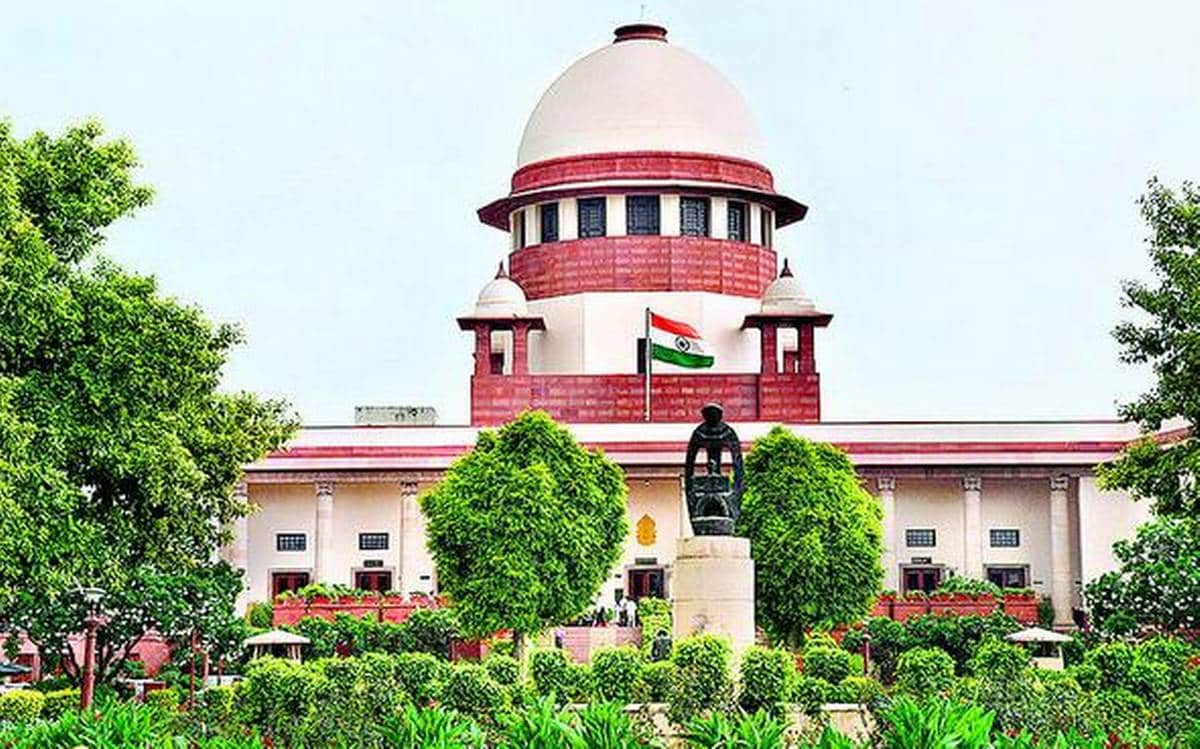With the dawn of 18th Century and the Second Industrial revolution at the doorstep, the first Indian Pharmaceutical Company was established by Dr. P. C. Ray in 1901. It was christened the name Bengal Chemical & Pharmaceutical Works Ltd. and initially began its operations at Kolkata’s Maniktala.
It was the first Indian venture, which sold Medical Equipment and presented ‘herbal’ drugs to the Indian Market, while countering the British Influence within the industry. Several individuals followed suit and even during the National Movement, Pharma companies were coming up and the home-grown brands were at the forefront of making drugs and selling them.
Gradually, the Indian Pharma Market skyrocketed with several Brand name drugs and generics entering the Marketplace being sold in large quantities. However, due to such a large number of dealings, in order to cut down on costs and maximize profits, large scale adulteration of prescription and non-prescription drugs began, widely affecting the consumers.
Further, the shortage of medicines and medical equipment at the hospital aggravated the problems. With this scenario at-hand, the British rolled out the Drugs and Cosmetics Act in 1940 with the objective of legalizing the production, distribution, sale of pharmaceuticals and cosmetics. It is one of the earliest Acts, which are still in-force today.
Today, as India is among the top exporters of Generic drugs as well as Covid-19 vaccines around the world, it is evident that India has come a long way from selling herbs to creating and exporting life-saving generics. The question arises that whether this Act, being of colonial-era, has been rendered obsolete even after several amendments or not?
PROVISIONS OF THE DRUGS AND COSMETICS ACT
Since the Act’s main vision was to ensure that all drugs and cosmetics made available in India are reliable, suitable, and up to spec in regard to quality. The Act was enacted in the whole of India. In its attempt to regulate the Medical Industry, defined various terms such as ‘Drugs’, ‘Government Analyst’, ‘Cosmetics’ and relative jargons in a clear and succinct way.
The term ‘Drug’ has been defined in several ways, so as to remove the ambiguity and confusion as to what constitutes as a Drug. According to the Section-3, a drug is:
“all medicines for internal or external use of human beings or animals and all substances intended to be used for or in the diagnosis, treatment, mitigation or prevention of any disease or disorder in human beings or animals, including preparations applied on human body for the purpose of repelling insects like mosquitoes”
However, for better understanding it has also been defined like this:
“Such substances (other than food) intended to affect the structure or any function of the human body or intended to be used for the destruction of vermin or insects which cause disease in human beings or animals”
Here, this Act also clears the air regarding the Generics and Brand-Name Drugs, but what exactly is a Generic Drug?
Supposedly, a Company made the Drug ‘A’ for curing HIV. It would be a major relief for all the Patients suffering from this vicious disease. However, due to high costs, the Patients of an underdeveloped or even a developing country are not able to afford the Medicine.
So, this is where the Generic steps in. Each medicine is made of chemical compounds, in specific quantities and release timings. These compounds could be available in any Laboratory; however, the formula of the Medicine is not available. So, on requesting the Originator Company for the formula, the same can be given by them to Generic Manufacturers.
Generic Manufacturers create the duplicate of the Medicine in bulk and sell them at affordable costs, such that the Patients can relieve themselves. This arrangement is one of the major ways how countries manage for medicines which are not available to them. However, in the pursuit of Profit and the lack of ethics, Generics often fail to perform inside the body or worse; show countereffects which can be fatal to the Patients.
Moreover, the Act has taken cognizance of this issue and prescribed ‘Standards of Quality’, that the drug complies with the standards, I.e., the quality control tests set out by the ‘The Central Drugs Laboratory’. The latter is the headed by a director and is empowered by the Act to set the benchmark quality.
While, at the administrative level, The Drugs Technical Advisory Board is formed consisting of senior-most directors of Government Medical Bodies, Presidents of MCI, several other officials who are in charge of Drug Control and the DCGI. It advises the Government on technical Matters arising from the administration of this Act. Similarly, the Act goes an extra mile with the Cosmetics as well, with defining a cosmetic as any item or substance that is poured, rubbed, sprinkled, sprayed, or applied to a person in any way with the intention of cleansing, beautifying, boosting attractiveness, or changing appearance.
Moreover, the Spurious and Misbranded cosmetics are also considered with ‘to-the-point’ criterions such as: –
• if it contains a color which
is not prescribed
• if it is not labelled in the
prescribed manner
The act also lays down punitive measures for offenders. In situations of import, Section 13 outlines the consequences in terms of maximum jail time and fines for failure to comply with any of the Act’s cosmetics regulations or standards. The Act’s Section 27A addresses penalties for violating the manufacture and selling rules. Any cosmetic that violates Section 17-C should be punished with a term of imprisonment that may last up to three years and a fine as well.
GLASS IN THE TEST TUBE
While the Act received sweeping powers to safeguard its integrity, it lacked a proper framework or a spine to support and execute its paper prowess. Despite the proper definitions, the Act still is vulnerable and criticized for its ineffectiveness on the ground.
In 2018, the cobalt-chromium ions from Johnson & Johnson’s Pinnacle hip implant was discovered to be leaking into the body. This has caused major health issues, such as metal poisoning of the blood, incapacitating pain, and organ damage. Johnson and Johnson compensated US patients who got the faulty implants, while, in India, the goliath has contested governmental directives to reimburse 4,700 people who had hip replacement surgery, and suffered heavily due to their faulty product. As a result, Johnson & Johnson took advantage of this bridge.
The Second Schedule to the Drugs and Cosmetics Act recognizes legally binding standards, but it only applies to pharmacopoeias, I.e., the guide-book for identification of the compounds, for drugs, which means there are no standards for medical devices and no way to prosecute a manufacturer of substandard medical devices, even if it causes harm to patients.
Although the Drugs and Cosmetics Act does contain a penal provision for the manufacture of substandard drugs, it cannot be used to punish manufacturers of substandard medical devices. This creates a vacuum and is a major enforceability snag. However, one major factor plaguing the act is despite the fact that the selling of subpar medications is already illegal, most drug producers get away with it thanks to lax enforcement, lack of political will and lack of cooperation.
Also, when this Act was formed in 1940, the medical equipment was not as advanced as it is in today’s time, hence leaving another gap to be filled by amendments.
More crucially, as compared to pharmaceuticals, medical devices are by their very nature much harder to standardize.
The proposed approach leaves Indian authorities without any means of holding producers of subpar medical devices accountable for their deeds. The Ministry may, at most, revoke a license in order to avoid further injury or restrict the manufacturing and sale of specific medical devices under Section 26A.
At the ground level, it is still a difficult problem to figure out how to penalize for the harm that has already been done to patients as a result of carelessness or purposeful misconduct.
After entering into arrangements with third parties, major pharmaceutical corporations frequently have their goods produced by smaller businesses. According to the existing regulations, only the manufacturer may be held accountable if there is any inadequate product quality, and the marketer—typically a well-known corporation and brand leader—will not be subject to any legal action.
And when defective products cause injury, large corporations escape responsibility while tiny businesses bear full responsibility. Additionally, the Act makes no mention of these third-party agreements, which may likewise be prohibited.
CONCLUSION
Recognizing the medications that physicians have prescribed is useful for all citizens, not only doctors and pharmacists. Its knowledge may aid us in refraining from or avoiding carelessness caused by our ignorance of these regulations, as well as defining cautious medico-legal perspectives that relate to medications and poisons. All of us are required to abide by the guidelines set out by laws and legislation.
To assist reduce drug issues, the legal and legislative environment must be supportive: The goal of laws and regulations should be to provide health and social assistance to those who are impacted by substance use, as opposed to sending them to jail or prison. Effective coordination is required between the organizations working to reduce drug demand and harm as well as the sector responsible for controlling the drug supply.
It is necessary to continue gathering and using scientific evidence: Each piece of information would help to gradually enlighten evidence-based policies and programmes to safeguard and advance the welfare of Indian society.
The authors are currently law students.


 Opinion2 years ago
Opinion2 years ago
 Fashion7 years ago
Fashion7 years ago
 Entertainment7 years ago
Entertainment7 years ago
 Entertainment7 years ago
Entertainment7 years ago
 Opinion2 years ago
Opinion2 years ago
 Business News2 years ago
Business News2 years ago
 Policy&Politics2 years ago
Policy&Politics2 years ago
 Business News2 years ago
Business News2 years ago








